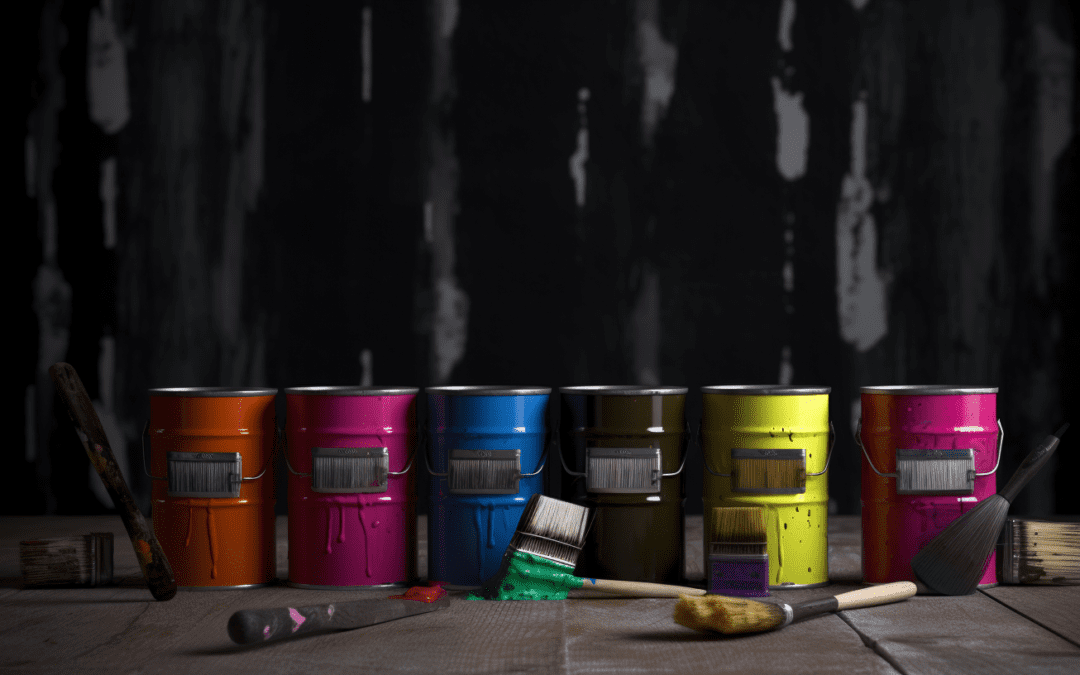The different types of paint used in home and commercial painting can vary based on their formulation and intended use. While there may be some overlap, here are some key differences to consider:
- Interior vs. Exterior paint: One of the primary distinctions is the intended application. Interior paint is formulated to be used indoors and to withstand typical indoor conditions such as mild temperature variations and light cleaning. They may have anti mildewcides built into the paint as well. Exterior paint, on the other hand, is designed to withstand outdoor elements like UV rays, moisture, temperature extremes, and other environmental factors.
- Durability and protection: Commercial paint needs to be more durable and provide enhanced protection due to higher traffic and wear and tear in commercial settings. It may have additional properties such as improved resistance to stains, abrasion, fading, and chemicals. Home paint, while still providing durability, may not require the same level of resistance as it typically experiences less foot traffic and abuse.
- VOC content: Volatile Organic Compounds (VOCs) are chemicals that can be released into the air as paint dries. VOCs can contribute to indoor air pollution and may have health implications. In many commercial settings, there are stricter regulations and standards for VOC emissions. When painting a baby’s room or someone that could be sensitive to odours etc. Choosing a Low or Zero VOC paint may be the best option for select rooms.
- Colour range and finish options: Commercial paint projects often require a specific colour palette to align with branding or corporate identity. Commercial paints may offer a broader range of colours and finishes, including custom colour matching, to meet the specific design requirements of the business. Home paints also offer a very wide variety of colours and finishes so choosing the right colour scheme can be helpful to the overall feel of the house.
- Application methods: Commercial painting projects are often larger in scale and may require more efficient application methods to meet deadlines and minimize disruption to business operations. Commercial painters may utilize spray painting techniques or other high-volume application methods for faster coverage. While spray painting can be used for certain applications in home painting, brush and roller techniques are more commonly employed due to the smaller scale of residential projects.
- Cost considerations: Commercial painting projects often involve larger areas, multiple rooms, or entire buildings, making cost considerations more significant. Commercial paint products may be priced differently, taking into account factors such as volume discounts, long-term durability, and specialized requirements. Home paint products may be more cost-effective for smaller-scale projects and offer a range of options to suit different budgets.
Consult with professional painters like PRIDE Painting to understand the most appropriate approach for your home or a commercial project. Our paint experts can help you take all the relevant factors – such as location, surface type, desired finish, and durability – into account.



